Efforts to specify the optimal human population on Earth are as complex as they are controversial. A recent book from Cambridge University economist Sir Partha Dasgupta develops a theoretically rigorous approach to this perennial question, finding that an optimal human population might range from 500 million to 5 billion.
by Phil Cafaro
It is gratifying to see the great increase in recent years in philosophical attention to population ethics. While Sarah Conly’s book One Child: Do We Have a Right to More? has set the agenda for debate among rights-based approaches to population ethics, Partha Dasgupta’s recent Time and the Generations: Population Ethics for a Diminishing Planet, seems likely to do so for many utilitarians. It joins a growing list of efforts to specify an optimum human population on Earth.
Dasgupta, Frank Ramsey Professor of Economics at Cambridge University, takes humanity’s environmental predicament seriously, writing that “the enormous economic success we have enjoyed in recent decades may be a down payment for future failure” as we spend down natural capital and threaten essential ecosystem services (p. 227). Interestingly, he believes it is a mistake to reduce these environmental threats to global climate change, as is often done, writing: “Global climate change attracts attention among intellectuals and the reading public not only because it is a grave problem, but also because it is possible to imagine meeting it by using the familiar economics of commodity taxation, regulation, and resource pricing without having to forego growth in living standards in rich countries” (p. 102). A focus on climate change also leads analysts to concentrate on technological solutions, rather than consider reducing consumption or limiting human numbers. But while developing and deploying new technologies can play a role in reducing environmental impacts, it is unlikely to lead to real sustainability, Dasgupta believes, in a world where natural capital is unpriced or underpriced, and the goal is always more growth. Besides, new technologies often have unanticipated negative environmental side effects.
All this suggests a need to return to the old equation I = PAT and attend to P (population) and A (affluence, per capita consumption) as well as T (technological change). Dasgupta does so by working out estimates for a sustainable global population at various average income levels, with income standing in as a proxy for consumption. In a paper titled “Socially Embedded Preferences, Environmental Externalities, and Reproductive Rights,” written with Aisha Dasgupta and included in Time and the Generations, they note that current global GDP is about $110 trillion and that according to the Global Footprint Network, humanity’s ecological footprint is 60% above what is sustainable. This suggests, very roughly, that a world GDP of $70 trillion could be sustainable. Looking at international surveys, they note that in wealthy countries additional income above $20,000 per year is not statistically related to greater reported happiness, and that this same amount was the average income in high-income countries in the early 1980s, when people were about as happy as they are today.

“If we now regard 20,000 international dollars as the desired standard of living for the average person,” the Dasguptas write, “the maximum sustainable population comes to 3.5 billion,” less than half our current one (pp. 257-258). If $10,000 is set as an acceptable average income, the maximum sustainable global population doubles to 7 billion. Wherever we set desired average income, there is a trade-off between average income and the number of people who can be sustained globally. We can ignore this trade-off only by decreasing Earth’s long-term carrying capacity, and only temporarily. But according to the Dasguptas, this represents a failure of stewardship and disregards the rights of our descendants.
Reproductive rights are important, the Dasguptas believe. But “to insist that the rights of individuals and couples to decide freely the number of children they produce trump all competing interests is to minimize the rights of all those (most especially, perhaps, future people) who suffer from the environmental externalities that accompany additions to the population.” (p. 234). Our children and grandchildren have a right to sufficient food, shelter, and physical security, and to opportunities to develop and flourish. All these can be compromised on an overpopulated planet.
The Dasguptas believe that “the concept of reproductive rights, as currently framed, undervalues family planning” (p. 249), for two reasons. First, it ignores the potential effects of excessive numbers of children on others: a matter of justice. Second, it ignores the fact that people might want lots of children even if it won’t be good for them, their existing children, or future members of their societies: a matter of basic welfare. “A poor woman, suffering from iron deficiency and living in a setting where she is compelled to have sex and bear children, has a need for contraception for her own benefit that could remain undetected in her responses to questions regarding her desire for children,” they write. “To infer needs solely from wants is therefore to undervalue the significance of family planning” (p. 247).
*
“The clash of rights we have identified in this essay arises from the fact that much of the biosphere is treated as a free good,” the Dasguptas write (p. 261). We need to reduce such environmental externalities through sensible public policies, while realizing that having children is an inherently social act involving claims on limited resources. That means that procreation may need to be managed for the common good, justifying a certain amount of “population engineering,” in Colin Hickey’s phrase. Best to face this fact and make explicit policies with a clear-eyed understanding of the limits we face and the ethical goals we hold.
The body of Time and the Generations seeks to do just that, in a long technical essay titled “Birth and Death,” written at the intersection of philosophy and economics. This essay lies in a long line of utilitarian attempts to specify an optimal human population, going back through Derek Parfit’s seminal book Reasons and Persons (1984) and beyond. In this essay, Dasgupta intriguingly attempts to arrive at an ethically plausible compromise between the philosophical approaches of Average Utilitarianism (in which average human well-being is held all important) and Total Utilitarianism (which takes aggregate human well-being as its central value), both of which generate ethically counterintuitive implications regarding population policies. In their place, he argues for Generation-Relative Utilitarianism. The basic idea is to discount the well-being of future generations (in order to facilitate practical planning and focus on creating flourishing human societies, rather than generating the maximum possible tonnage of human flesh), while not discounting our descendants’ well being too much (in order to preserve a reasonably just commitment to it). (Generation-Relative Utilitarianism thus appears to be a “variable value” theory; for a good introductory discussion of philosophical theories of optimal population from an anthropocentric perspective, see Hilary Greaves’ 2017 article “Population Axiology”).
Relying on Generation-Relative Utilitarianism, Dasgupta develops a formal theory that relates population, per capita consumption and biospheric capacity (K), suggesting, as in his earlier paper, that we have to work out optima for the first two variables while respecting the third. Failing to do so makes morally unjustified demands on future generations, who will have to bear the costs of diminished biospheric capacity. Calculating hard numbers under such a framework necessarily involves assumptions and considerable uncertainty; this includes uncertainty regarding total biospheric capacity, uncertainty regarding a proper discount rate for thinking about future people’s well-being, and uncertainty regarding how best to balance average consumption against the number of consumers (as one goes up the other must go down).
But not complete uncertainty! Within a range of plausible answers to these questions, Dasgupta delivers a range of optimal global populations between 0.5 and 5 billion. Like his earlier paper, this more rigorous effort suggests that humanity is already grossly overpopulated relative to global ecological carrying capacity and relative to the per capita consumption reductions that people are likely willing to undertake to remain within it. So does a revision of the earlier “Socially Embedded Preferences” paper, “Population Overshoot,” in the forthcoming Oxford Handbook of Population Ethics. This new effort defines per capita environmental impact in terms of average production, rather than average consumption, as in the earlier version. It sets an optimal sustainable global population at 1.8 billion people.
*
Dasgupta’s central argument is strictly anthropocentric, in line with most ongoing philosophical debates about optimal population. The biosphere is treated essentially as a resource (or source of all resources) for human use; carrying capacity and optimal population are functions of what is possible or best for humans. Any limits to drawdown on biocapacity are understood as boundaries beyond which human happiness is no longer maximized, or unnecessary human suffering is caused. This anthropocentrism might be obscured because Dasgupta is very worried about biodiversity loss. Yet within his theoretical model, biodiversity loss can only register as important via declining biocapacity available for human use.

From one perspective, this anthropocentrism strengthens the overall argument for attending to population. As Professor Dasgupta wrote in kind response to a query from me, he deliberately made “minimalist assumptions” in developing his moral arguments, to show that even if all people care about is ourselves, we need to limit our population.
Yet Dasgupta, like most ethicists, realizes the moral insufficiency of anthropocentrism. As he writes in the final paragraph of “Birth and Death,” a truer ethics will recognize the intrinsic value of Nature and direct us accordingly:
It’s a mistake to seek justification for the preservation of ecological diversity, or more narrowly the protection of species solely on instrumental grounds; that is, on grounds that we know they are useful to us or may prove useful to our descendants. Such arguments have a role, but they are not sufficient. … A full justification bases itself as well on how we see ourselves, on what our informed desires are. In examining our values and thus our lives, we are led to ask whether the destruction of an entire species-habitat for some immediate gratification is something we can live with comfortably. (p. 120)
For Dasgupta, clearly, such destructive behavior is wrong. Considering our duties toward future generations and the future of Earth’s biosphere should lead to less selfish behavior, since “the idea of intergenerational exchange is embedded in the perspective of eternity” (p. 120). In considering an optimal human population, it cannot be unimportant whether we share the landscape justly with other species. We should grant some portion of biospheric capacity to other species and thus limit human use to some fraction of K smaller than 1. Whether that fraction should be ½ K (as under E.O. Wilson’s “Half Earth” proposal, which would preserve most existing species from near-term anthropogenic extinction) or a different fraction is a matter for further ethical debate and biological research.
Justice toward other species can be plugged into Dasgupta’s model. For example, assuming we reserve half the Earth primarily for the use of other species, the range of optimal global human populations shrinks from 0.5 – 5 billion to 0.25 – 2.5 billion people. Beyond any such calculations, adding a direct moral responsibility to avoid extinguishing other species strengthens our duty to effectively address human overpopulation.


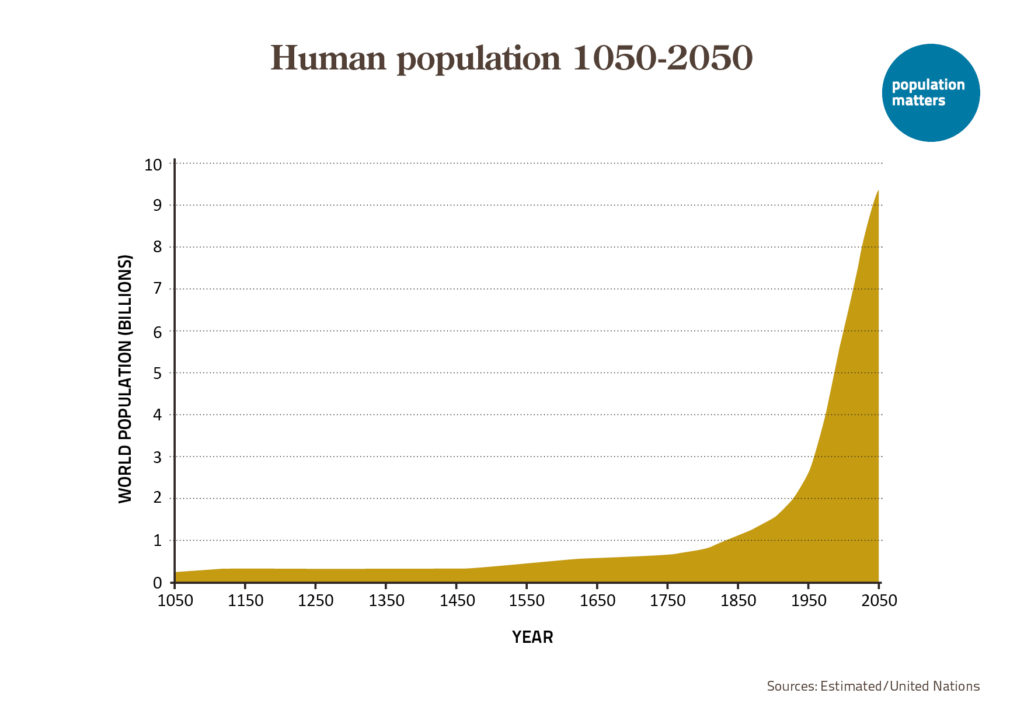
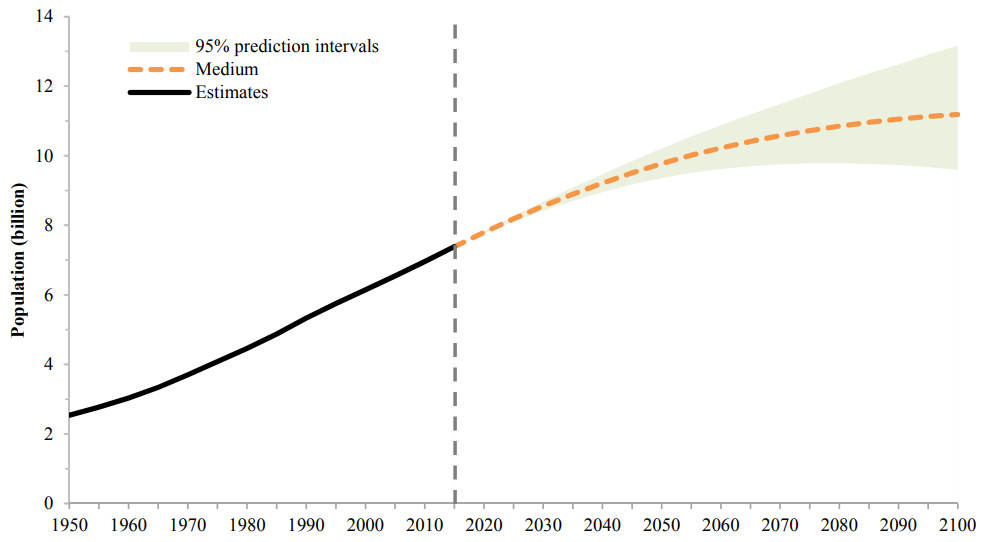
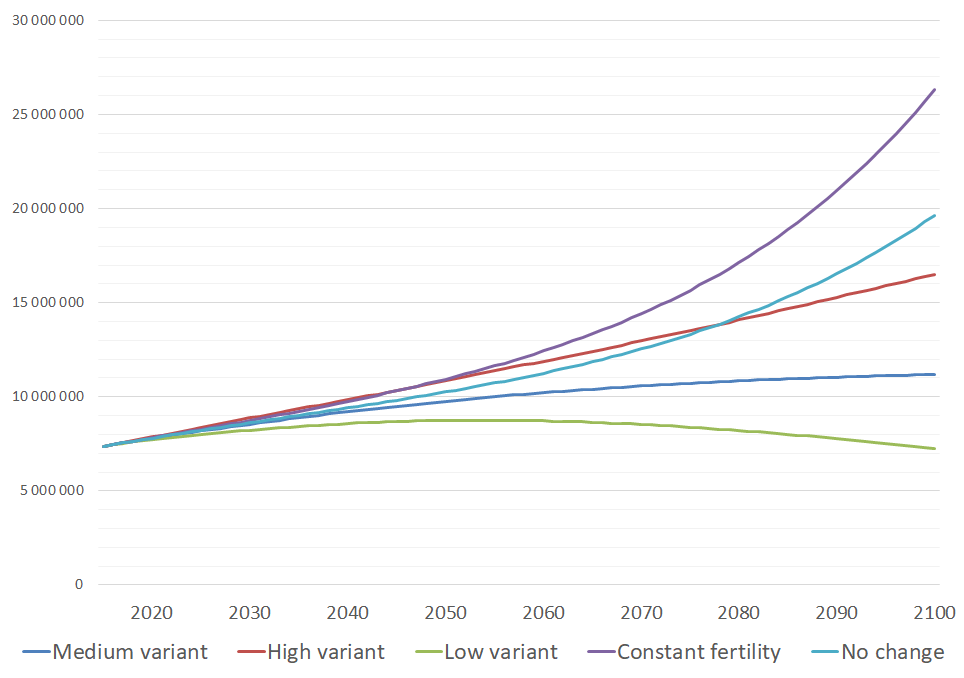
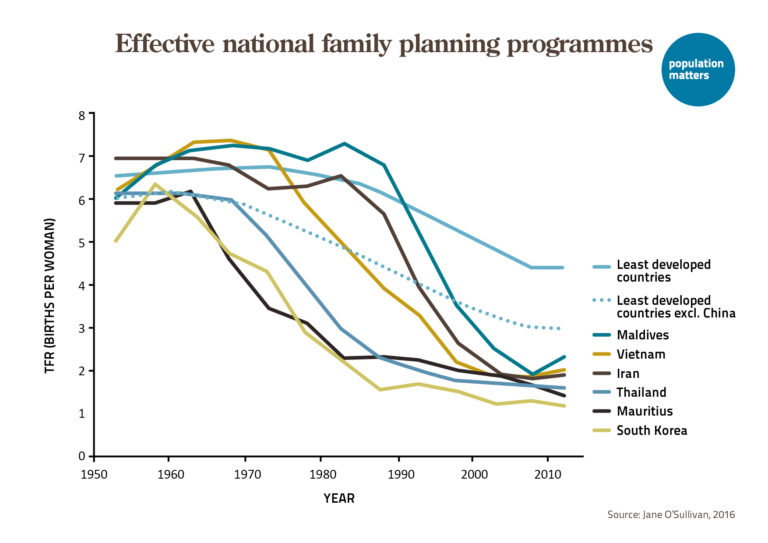

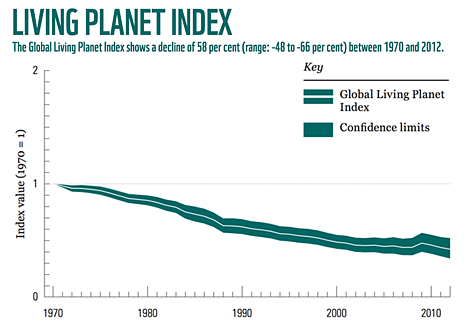
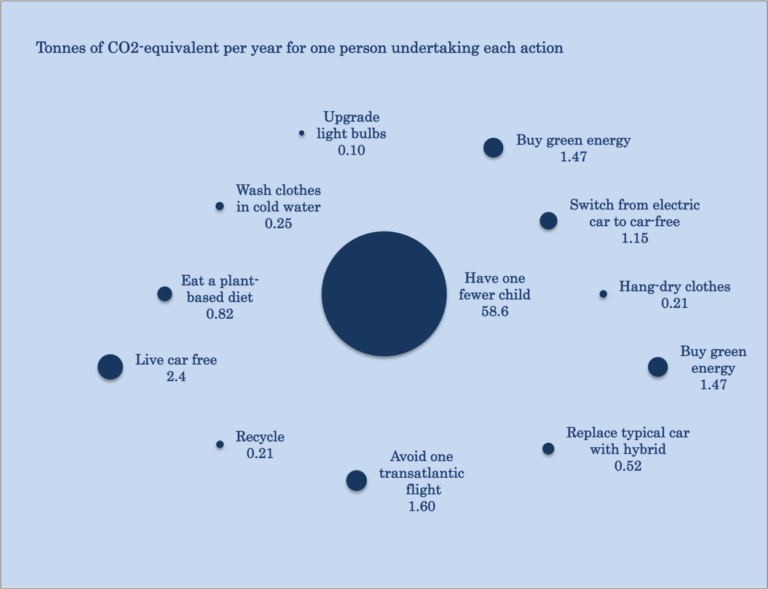
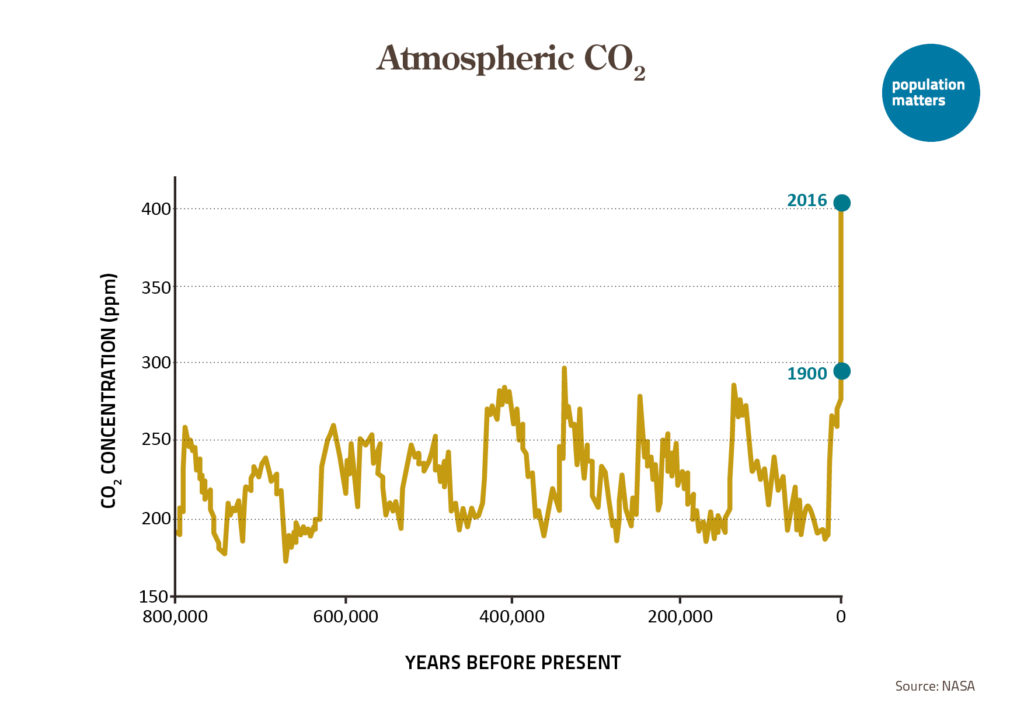
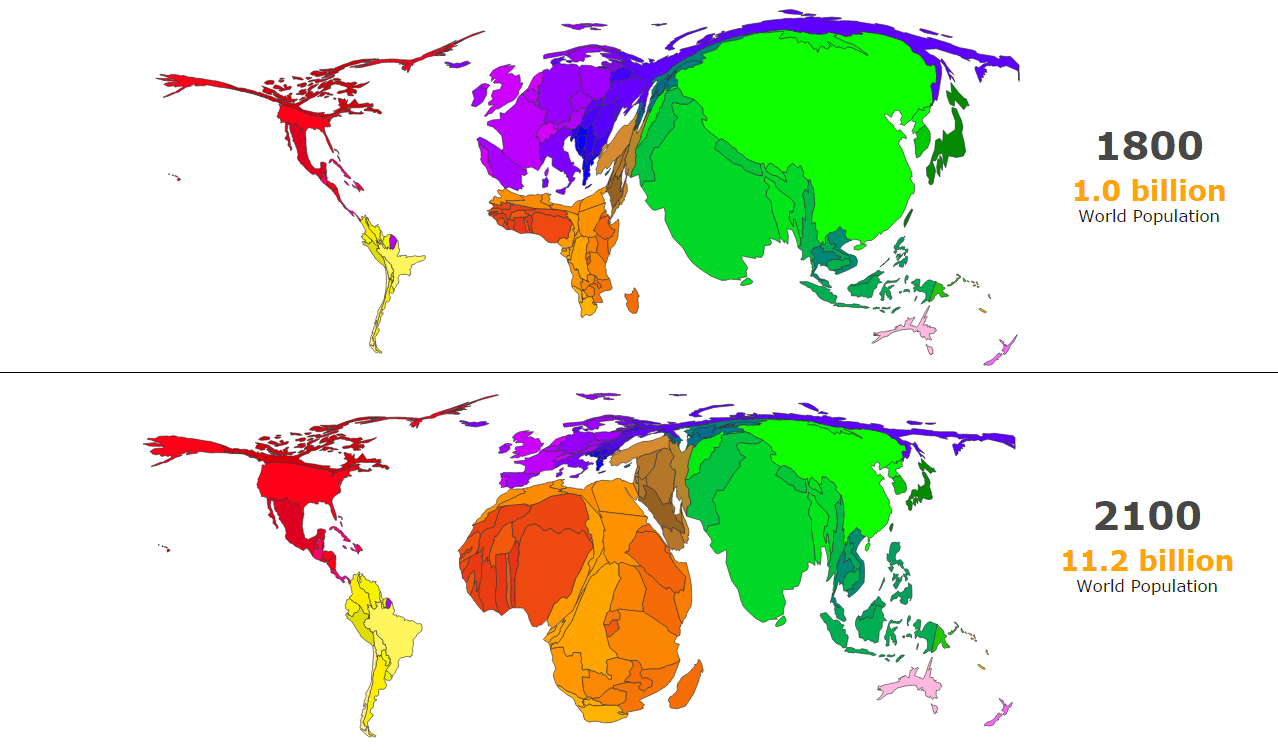
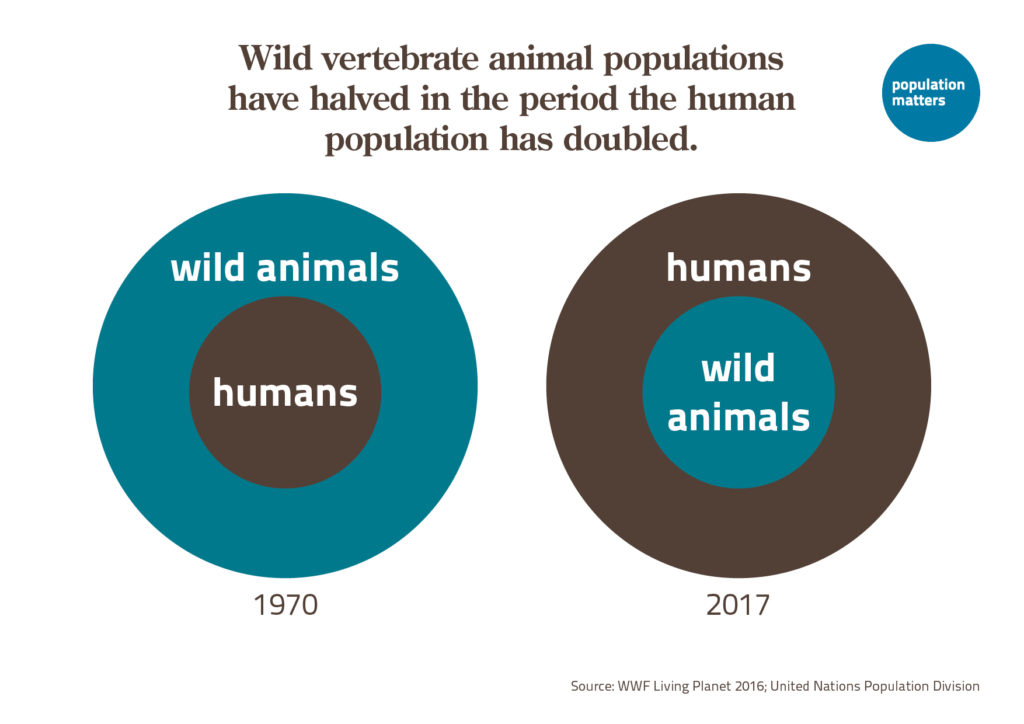
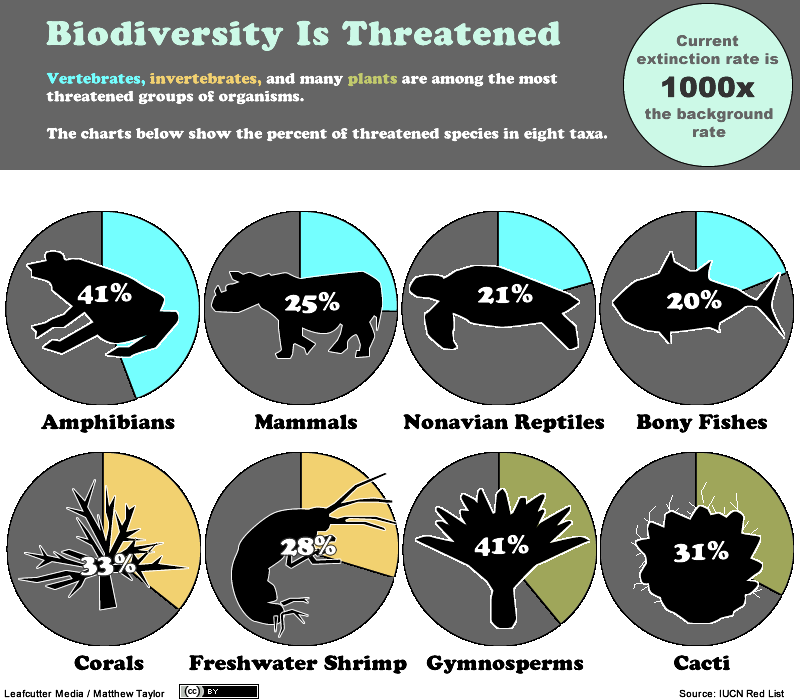

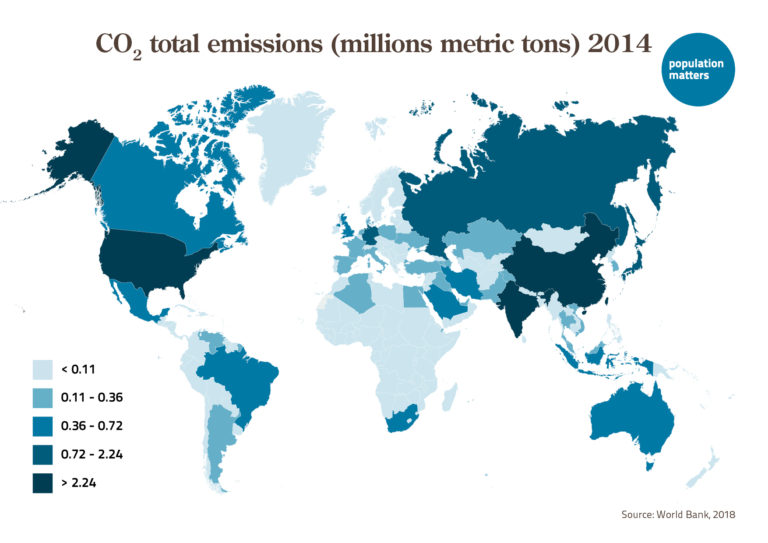

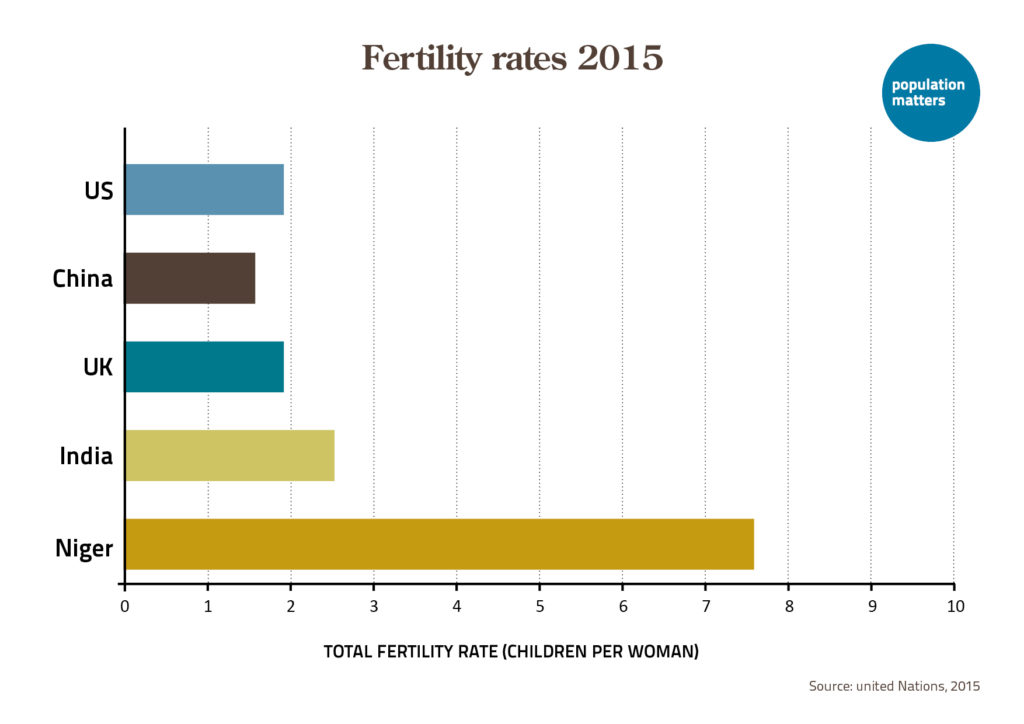
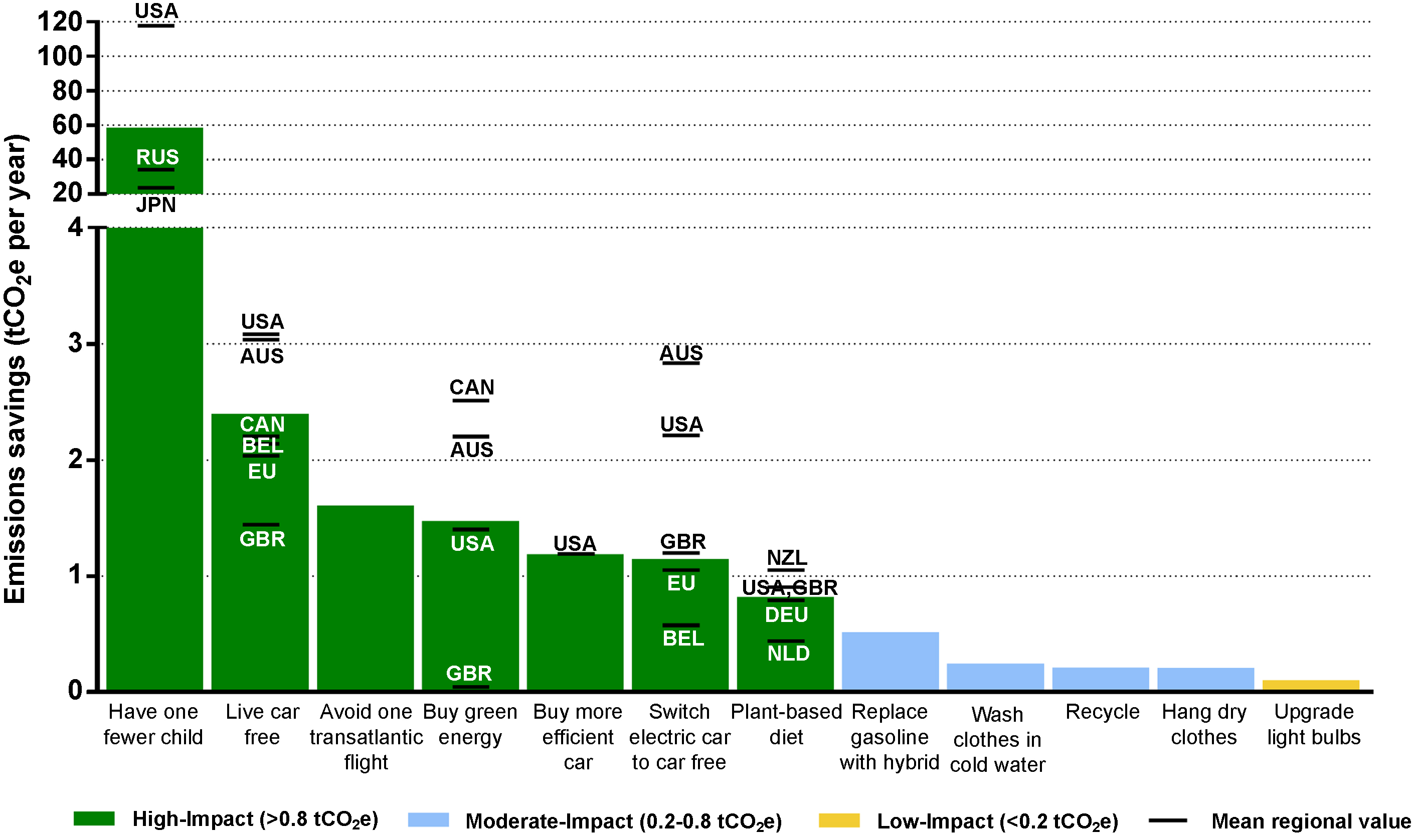



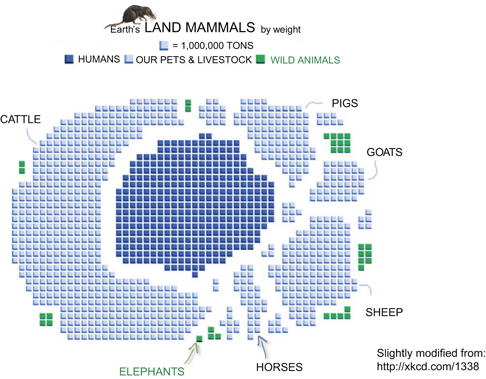

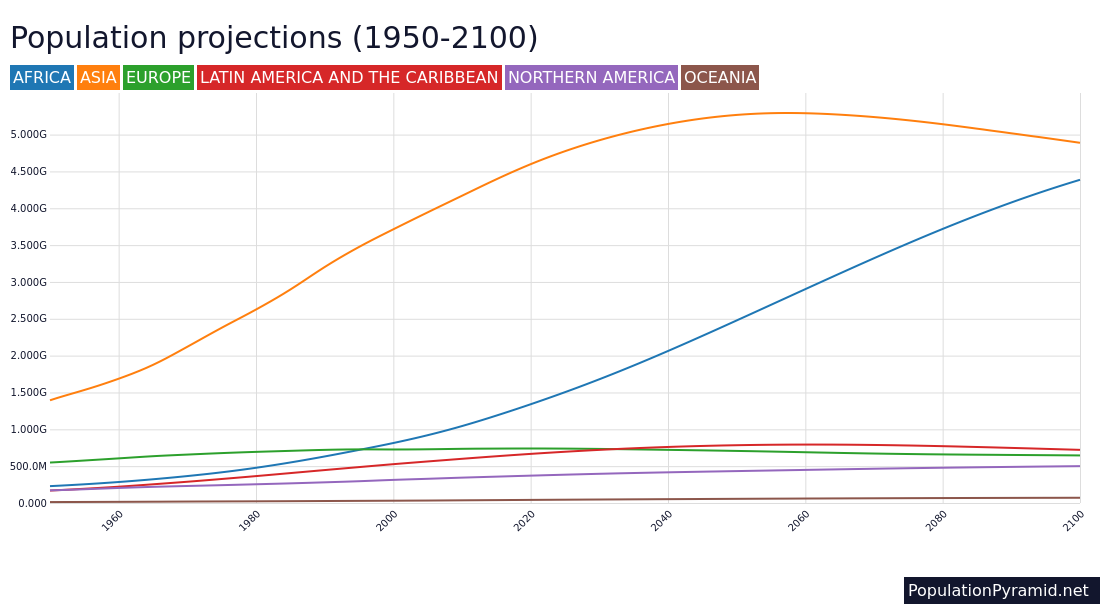
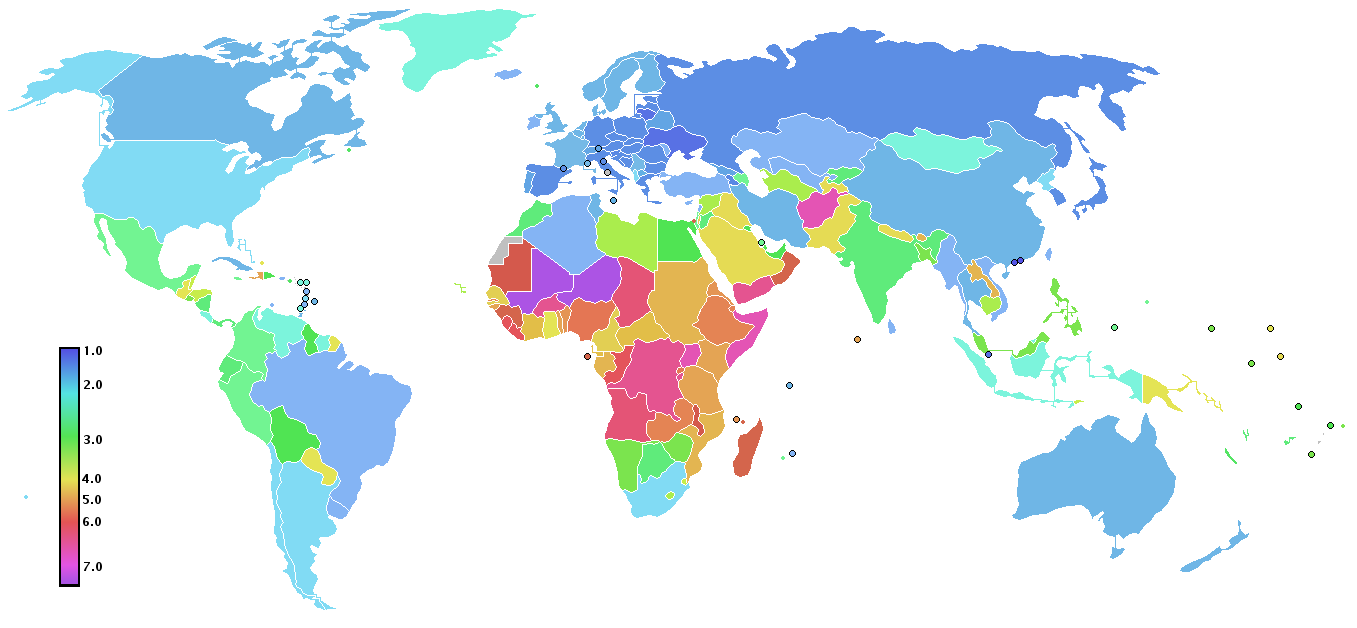
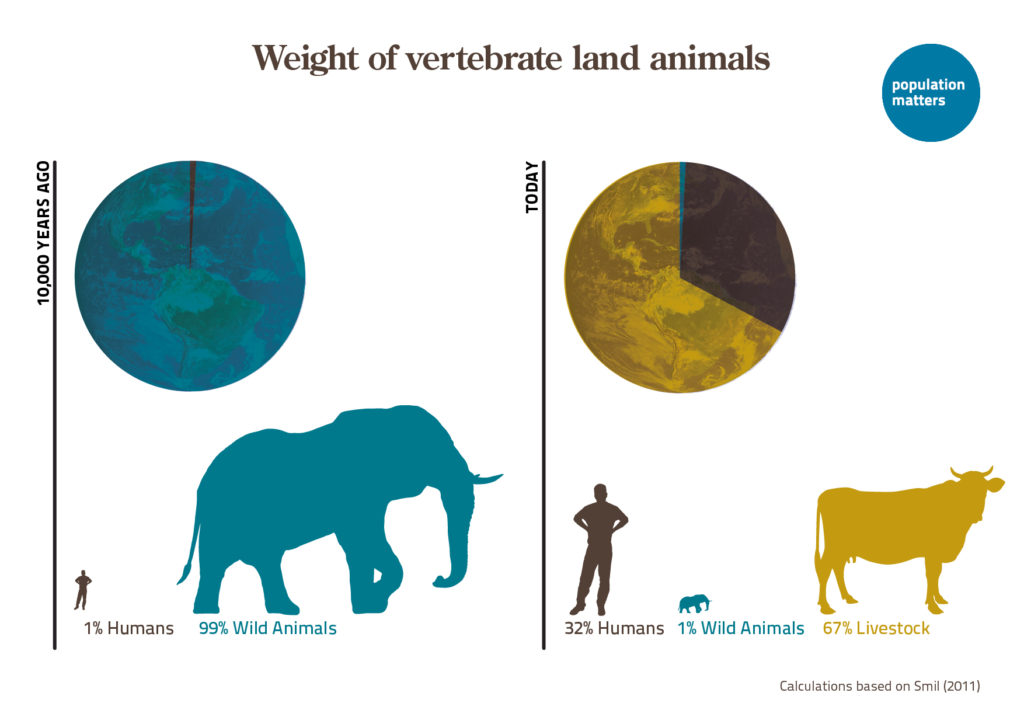

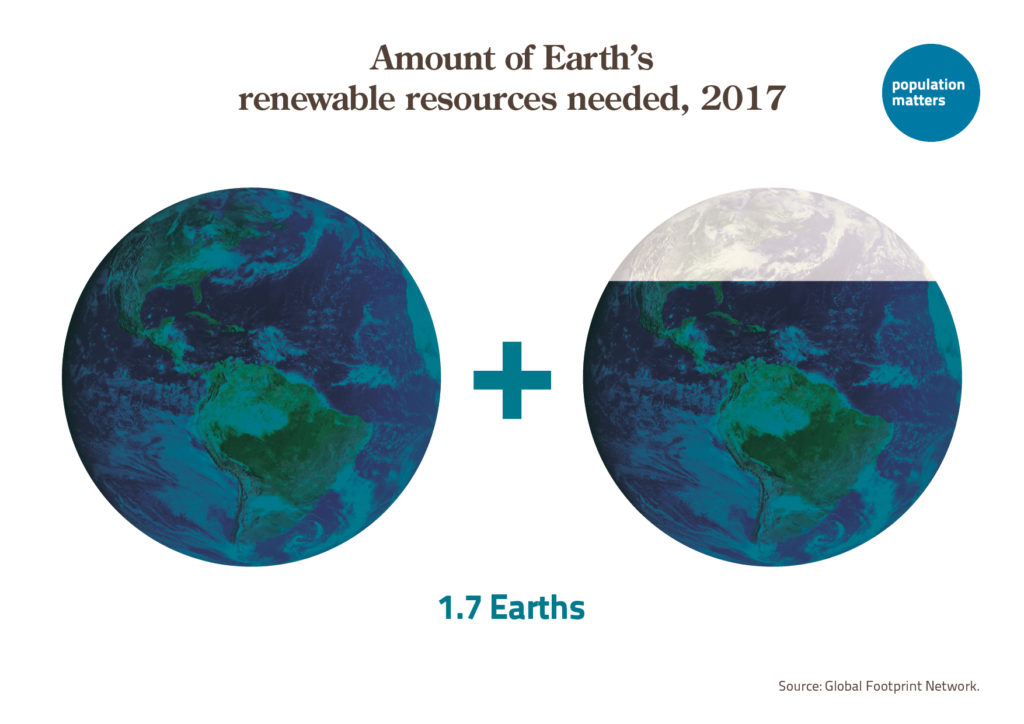


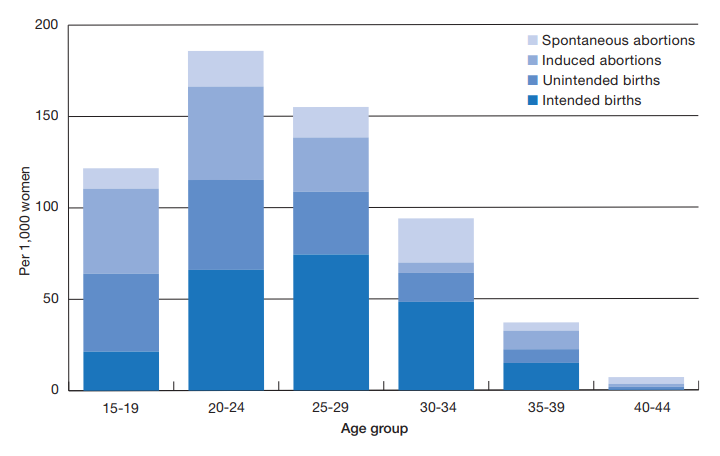
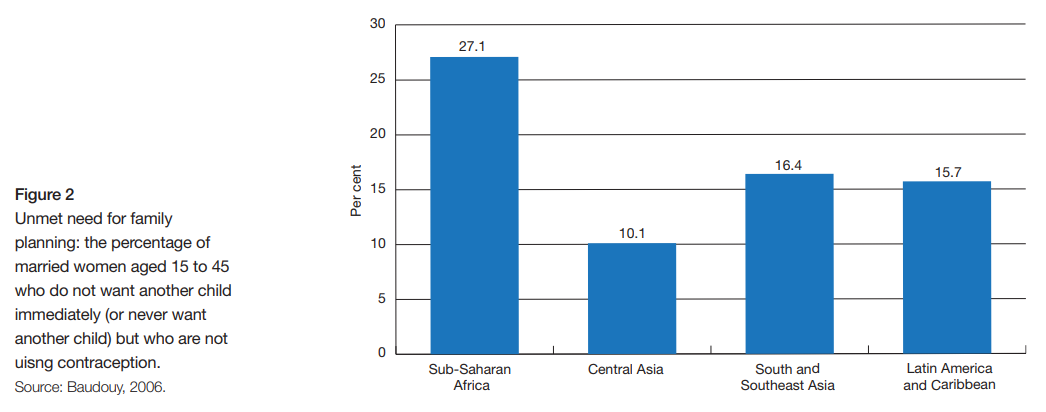
Leave a Reply